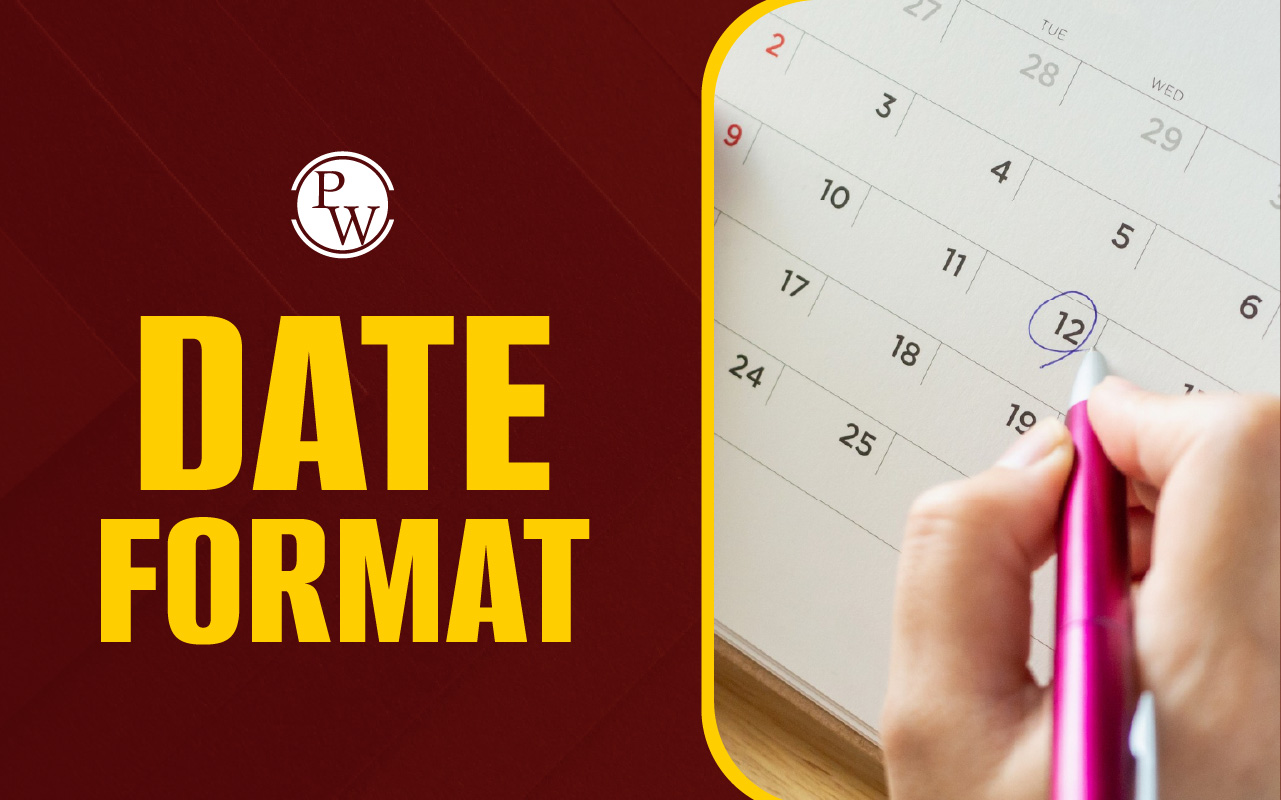

Morse Code Reading Answers: The IELTS Reading passage titled Morse Code explores the history, development, and eventual decline of Morse code as a communication tool. From its invention by Samuel Morse to its impact on global communication and maritime safety, the passage offers insight into how this system of dots and dashes changed the world. In this article, we provide the correct answers to the reading questions, along with explanations and references from the text to help IELTS candidates understand the passage better.
Free IELTS Reading Practice Tests
Morse Code Reading Answers Passage
The passage below, "Morse Code Reading," is a very common Reading passage in the IELTS exam. Read the passage to answer questions 1—14, which are given below.
Morse Code Reading Answers
-
A new satellite-based system is being implemented to replace Morse code for sending distress calls at sea. Since 1992, when the Global Maritime Distress and Safety System was established, nations have been gradually retiring their Morse equipment with similarly solemn (though less lyrical) farewells as the world’s shipping community transitions to the new satellite-based system. Many people consider February 1st to be the end of an era, as that is when the transition to GMDSS must be completed. Even while some people (amateur radio operators, spies, and some military personnel) will continue to utilize dots and dashes after the transfer to GMDSS, this will be the end of the final major international usage of Morse.
-
However, the code has a solid background behind it. According to legend, Samuel Morse came up with the idea for Morse code while he was on a ship crossing the Atlantic, which is fitting for a technology so closely connected with radio operators on doomed vessels. Morse, who was a painter and occasional inventor at the time, became fascinated with the concept of creating the electric telegraph after hearing about recent developments in electrical theory from another passenger on the ship. For the better part of a century, other innovators had been striving to achieve the same goal. Morse’s success and legacy as the telegraph’s “father” might be attributed in part to his dogged determination; it took, for example, 12 years for him to gain funding from Congress to build his first telegraph line.
-
Morse’s design for the electric telegraph was much more straightforward than its competitors; all it took to transmit a message was a “key” (basically a spring-loaded switch), a “sounder” (an audible signal), and a wire. Morse’s technology was straightforward, but it required operators to master a unique system of dots and dashes. Morse didn’t set out to depict letters using combinations of dots and dashes. While crossing the Atlantic, he sketched up his first code, which used dots and dashes to represent the numbers 0 through 9. Morse proposed that messages be made up of sequences of numbers that would be mapped to words and phrases in a unique numerical lexicon. Later, however, Morse gave up on that plan in favor of developing the Morse alphabet with his friend and colleague Alfred Vail. This system allowed for the individual letters of words to be represented by dots and dashes. Morse’s telegraph appeared insurmountably difficult at first because of the necessity to master this complicated-looking code, especially in light of previous, more user-friendly designs. With Cooke and Wheatstone’s telegraph, for instance, five needles were employed to select individual letters from a diamond-shaped grid. This meant that anyone could use the telegraph, but it also necessitated the use of five lines to connect each telegraph station. When using Morse’s telegraph, only one was required.
-
As the use of electric telegraphy spread rapidly in the early 1850s, the Morse telegraph soon became the standard. In 1851, it was officially recognized as the European standard, paving the way for seamless cross-border communication via telegraph. (Great Britain opted not to update their language to account for regional variations and foreign influences.) By this point, Morse code was being used; however, it still relied on needle telegraphs for a few characters, which led to the ongoing division between American and International Morse.
-
When transmitting data via international underwater cables, dots and dashes were represented by the leftward and rightward movement of a light beam reflected by a tiny spinning mirror. At the same time, a new telegraphic society was developing, complete with its own slang and a social order based on the operators’ Morse code speed. In large cities, the highest-paying employment goes to first-class operators who can send and receive at speeds of up to 45 words per minute and hence handle press traffic. Slow, incompetent rural operators, many of whom only operated the wires on the side, were at the bottom of the totem pole. However, as their proficiency in Morse code increased, rural operators discovered that their newfound expertise was a ticket to higher compensation in urban settings. As a result, telegraphers quickly became a significant part of the newly formed middle class. Work in telegraphy was likewise seen as acceptable for women. As early as 1870, women made up a third of the workforce at the Western Union branch in New York City.
-
Morse personally bid farewell to the international network of telegraphists he had helped create in a dramatic ceremony in 1871. More than 650,000 miles of telegraph line and 30,000 miles of underwater cable were pulsating with Morse code and 20,000 towns and villages were connected to the worldwide network by the time of his death in 1872. The telegraph was once referred regarded as the “instantaneous highway of the idea,” much like the Internet is today.
-
However, the telegraph’s time as a cutting-edge technology was coming to an end by the 1890s, thanks to the development of the telephone and the advent of automatic telegraphs, forerunners of the teleprinter, which did not necessitate any specialized training to use. But another innovation, wireless, was going to offer Morse code a second chance. Radiotelegraphy’s potential maritime applications became immediately obvious after its creation by Guglielmo Marconi in 1896. Previously, ships were unable to talk to each other or the shore when the weather was bad or they were too far away to see each other. Marconi used Morse code to communicate with an Italian cruiser located 19 kilometers (12 miles) away in 1897. In 1899, a lightship in the Dover Straits reported the grounding of the steamship Elbe, marking the first maritime rescue after a distress call sent via the radiotelegraph.
Also Read:
Morse Code Reading Answers Sample Questions
Matching Headings (Questions 1–7)
Choose the correct heading for each paragraph from the list of headings below.
List of Headings:
i. Morse code’s resurgence through wireless technology
ii. A visionary moment on the Atlantic
iii. The final goodbye to Morse in global shipping
iv. The rise of professional telegraph operators
v. Morse’s telegraph vs competing technologies
vi. Global standardisation of Morse code
vii. The legacy and limits of Morse’s invention
viii. Morse’s farewell to his invention
ix. Early concepts and structure of Morse code
Questions 1–7
Match each paragraph with the correct heading.
- Paragraph A
- Paragraph B
- Paragraph C
- Paragraph D
- Paragraph E
- Paragraph F
- Paragraph G
True / False / Not Given (Questions 8–12)
Do the following statements agree with the information in the passage?
Write True if the statement agrees with the information,
False if the statement contradicts the information,
Not Given if there is no information on this.
-
Samuel Morse was already a famous scientist before inventing the telegraph.
-
Morse code was initially meant to represent numbers, not letters.
-
The British version of Morse code became the international standard in 1851.
-
Women were discouraged from becoming telegraph operators in the 1800s.
-
The development of wireless technology helped Morse code find new uses at sea.
Multiple Choice (Question 13)
-
What is suggested as the reason Morse’s telegraph became widely adopted over other designs?
A. It required fewer wires and was more cost-efficient
B. It allowed any untrained person to use it easily
C. It was developed with government support from the start
D. It used a complex five-needle system for clarity
| Section wise IELTS Band Score Links | |
|---|---|
| IELTS Reading Band Score | IELTS Listening Band Score |
| IELTS Speaking Band Score | IELTS Writing Band Score |
IELTS Reading Answers Morse Code Reading Answers
Answers to Questions 1-13
|
Q. No |
Answer |
Location |
Reference (Phrase) |
Explanation |
|---|---|---|---|---|
|
1 |
iii |
Paragraph A |
“A new satellite-based system is being implemented to replace Morse code for sending distress calls” |
The paragraph discusses the final phase of Morse code’s use and its replacement, fitting the heading “The final goodbye to Morse in global shipping.” |
|
2 |
ii |
Paragraph B |
“Samuel Morse came up with the idea for Morse code while he was on a ship crossing the Atlantic” |
Describes the origin of the idea for Morse code during a ship journey—clearly matching the visionary moment concept. |
|
3 |
ix |
Paragraph C |
“he sketched up his first code… used dots and dashes to represent the numbers 0 through 9” |
Explains the early numeric structure of Morse’s code before it evolved, aligning with early concepts and structure. |
|
4 |
v |
Paragraph D |
“With Cooke and Wheatstone’s telegraph… five lines… Morse’s telegraph, only one was required.” |
The paragraph compares Morse’s telegraph with others, indicating the contrast in technology. |
|
5 |
vi |
Paragraph E |
“In 1851, it was officially recognized as the European standard” |
Clearly refers to the widespread adoption of Morse code across Europe, showing its global standardisation. |
|
6 |
iv |
Paragraph F |
“highest-paying employment goes to first-class operators… press traffic” |
Details the professional hierarchy and societal role of telegraph operators, showing their rise as a skilled workforce. |
|
7 |
i |
Paragraph G |
“wireless… going to offer Morse code a second chance” |
Shows how radio technology revitalised Morse code for maritime use—signifying a resurgence. |
|
8 |
False |
Paragraph B |
“Morse, who was a painter and occasional inventor at the time” |
The statement suggests he was a scientist, but the text contradicts this. |
|
9 |
True |
Paragraph C |
“his first code… used dots and dashes to represent the numbers 0 through 9” |
Confirms Morse’s original code used numbers, supporting the statement as True. |
|
10 |
False |
Paragraph E |
“Great Britain opted not to update their language…” |
Britain didn’t adopt the same standard as other European countries, making the claim about the British version being standard False. |
|
11 |
False |
Paragraph F |
“Work in telegraphy was likewise seen as acceptable for women” |
The statement implies it was not considered acceptable, but the passage says the opposite. |
|
12 |
True |
Paragraph G |
“marking the first maritime rescue after a distress call sent via the radiotelegraph” |
Confirms Morse code helped in maritime communication, making the statement True. |
|
13 |
A |
Paragraph D |
“With… telegraph… five lines… Morse’s… only one was required.” |
Option A matches best: it required fewer wires and was more efficient, explaining its adoption. |
Guidance to PW
The IELTS Online Courses is a great initiative taken by Physics Wallah to help IELTS aspirants better prepare for the exam. Follow our below pages to learn more about the IELTS exam.| What is IELTS Exam? | Documents Required for IELTS Registration |
| IELTS exam eligibility requirements | IELTS Exam Fees |
| IELTS test results | IELTS Exam Pattern |
Morse Code Reading Answers FAQs
What was the original purpose of Morse code?
Why did Morse code become popular for telegraph communication?
How did Morse code contribute to maritime communication?
What was the role of women in telegraphy?
Is Morse code still used today?













